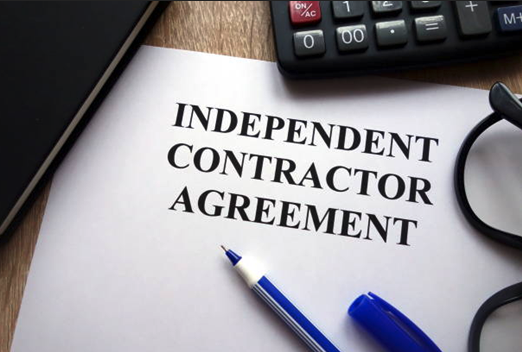Why RAA Exclusions For Psychological Injuries Are On The Rise
There will likely be an increase in the application of the reasonable administrative action (RAA) exclusion to psychological injuries in the future, according to an expert in workers’ compensation law.

Why RAA Exclusions For Psychological Injuries Are On The Rise
There will likely be an increase in the application of the reasonable administrative action (RAA) exclusion to psychological injuries in the future, according to an expert in workers’ compensation law.
This is because employers need to find greater efficiencies to achieve savings to their operating costs, and this inexorably leads to an increased focus on managing the performance and conduct of their employees.
“Where there is an increase in performance management and a focus on conduct, there will be employees who suffer injuries as a result and employers who can rely on the exclusion,” said McInnes Wilson Lawyers principal Athena Cains, who was commenting about workers’ compensation claims made under the Safety, Rehabilitation and Compensation Act 1988.
The RAA exclusion is very commonly applied where the workplace injury is psychological, said Cains.
“As we all know, the return to work outcomes and future likely costs associated with psychological injuries are very high and so the management and response to these claims is crucial,” said Cains, who recently spoke at the ACT Annual Health & Safety Conference, which was co-presented by the Commonwealth Safety Management Forum and the ACT Branch of the Australian Institute of Health & Safety.
The RAA exclusion is absolute, according to Cains, which means that, despite the fact that a person’s employment is found to have caused their injury, that person is still not compensated for the injury.
If employers intend to rely on the exclusion, she said there needs to be evidence of the RAA and that is was done in a reasonable manner.
“Generally, the RAA exclusion breaks down because of a lack of evidence,” she said.
“It becomes merely a ‘she said, she said’ dispute.
In my experience, in these situations, it is more likely that the decision-maker will decide the RAA exclusion does not apply.”
Other issues that make the RAA exclusion challenging are:
- Associated workplace issues that are not RAA but also contribute to the injury;
- Medical evidence that does not support the application of the RAA exclusion;
- Extreme delays in managing performance or conduct. For example, a manager might be aware that an employee has underperformed for many years, however, they have never been counselled in relation to this and have always been rated as ‘meets expectations’;
There are a number of steps organisations should take to ensure they have a sound RAA exclusion defence – the most important one being to train managers and empower them to manage performance and conduct.
“It is not enough to have policies and slogans encouraging performance and conduct management, it needs to be at the heart and soul of the organisation,” said Cains.
Along with documenting meetings by file notes, involving HR early to provide support through the process is also important, as is providing an employee with an opportunity to respond to any potential action before a decision is taken.
Other steps include ensuring that managers have good soft skills, while organisations should also develop flexible, practical, easy to follow policies that focus on procedural fairness, and support both the manager and employee to reach an outcome.
In general, the responsibility for RAA will fall on the manager and the HR performance and conduct unit, Cains observed.
However, she said there is an extremely important role for OHS leaders in supporting these personnel through the application of early intervention and coaching support.
“While some RAA is conducted quickly and over almost as soon as it has begun, the vast majority is a protracted process which is almost as difficult for the manager as the employee,” she said.
“The availability and application of early intervention for the employee and coaching for the manager will lead to fewer injuries arising from RAA and, if those injuries do occur, they can be responded to quickly so that any time out of the workforce is minimised and the overall impact of the injury on the employee and the organisation is mitigated.”
Article originally published by the Australian Institute of Health and Safety.





